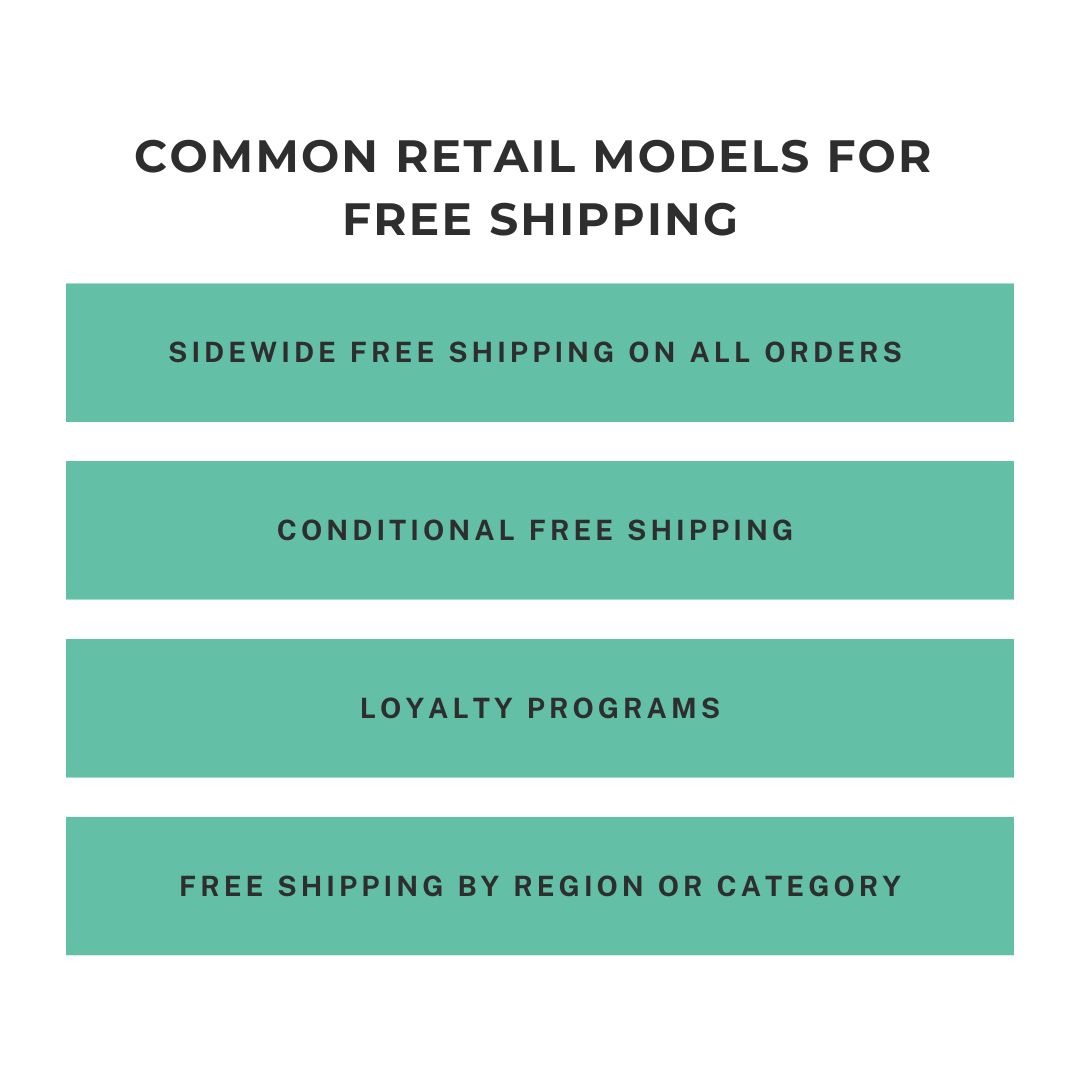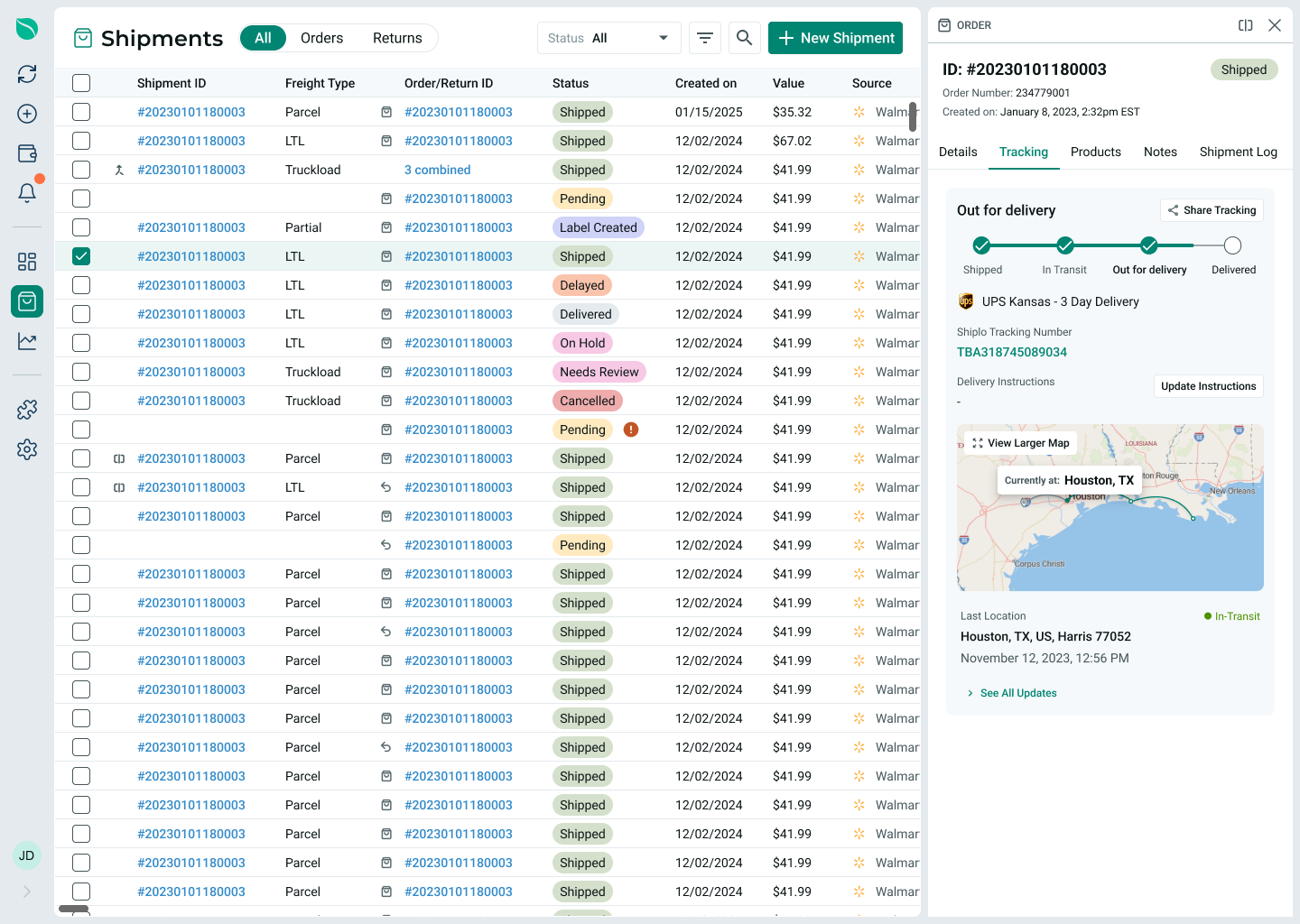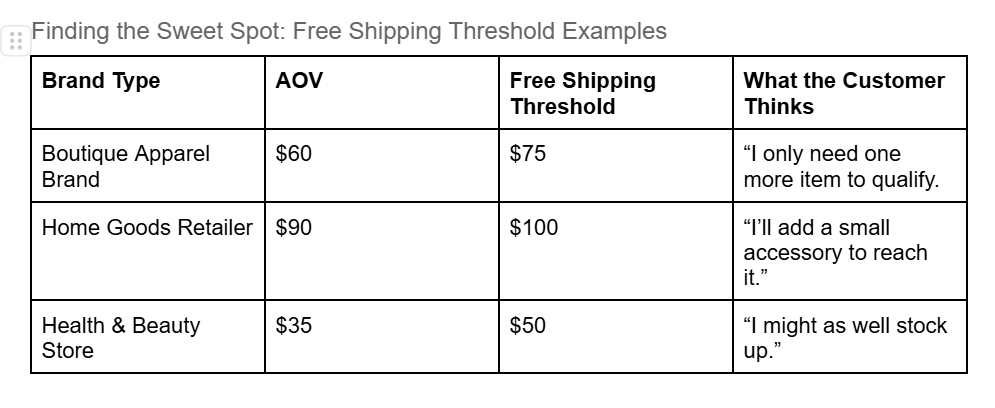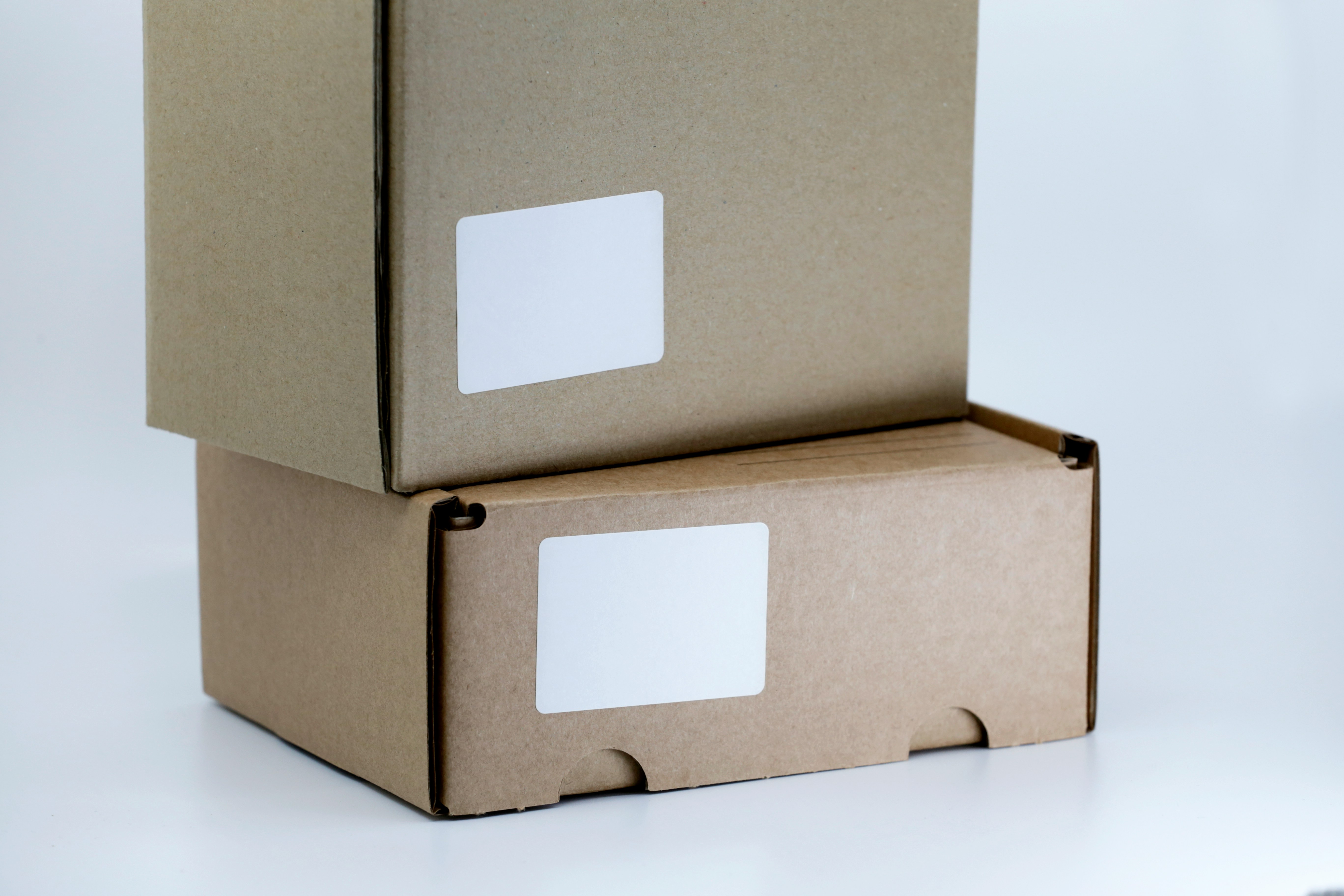If you’re an ecommerce brand not offering free shipping these days, you’re missing out on the #1 incentive that gets shoppers to click “Buy Now.” In fact, today’s consumers are so repulsed by added shipping costs that most won’t even buy from a brand that doesn’t offer free shipping.
According to data from Capital One Shopping, 93% of consumers add items to their carts to qualify for free shipping, and 62% say they won’t buy from a retailer that doesn’t offer it. While free shipping obviously boosts sales, it can also put brands in a bind and quietly drain profits when it isn’t done right.
“It’s the number-one conversion driver and one of the biggest operational headaches,” says Daniel Cunningham, the CEO and founder of Shiplo, a connected logistics platform focused on providing transparency during every phase of the shipping process. He’s seen firsthand why brands often struggle with offering free shipping to customers. “Every retailer wants to offer it, but not every retailer can afford to.”
Shoppers Expect Free Shipping, and Spend More Because of It
The shift from “perk” to “expectation” has been years in the making. Marketplaces like Amazon have normalized free delivery so much that now 80% of American shoppers expect free shipping above a certain price point, and nearly two-thirds (66%) expect it on all orders, according to Capital One’s 2024 research.
That expectation shapes how consumers shop. “I bought a silver ring for Christmas, not realizing it had to ship from overseas. Shipping would have tripled the cost of the ring,” shopper Ruth Zeman explains. Now she includes filters on her shopping searches for domestic items only to avoid “shipping shock.”
Free shipping means consumers spend more, too. Research from conversion rate optimization company Invesp found orders that qualify for free shipping tend to be about 30% higher in value, as shoppers add extra items just to meet the threshold. “I’ve definitely added more to my cart to get the free shipping,” says U.S-based shopper Rachel Czarny. “I probably spent an additional $20 to get the free shipping. Of course it makes you feel good because you feel you got a ‘deal,’” she explains.
“It’s almost like a psychological finish line,” says ecommerce expert Betsy Martin, founder of an online community commerce ecosystem called Yipi! Circles, which positions customer feedback at the forefront of marketing strategy. “When customers are a few dollars short, they’d rather add another product than pay for delivery.” Shopify found that nearly half of shoppers (47%) abandon their cart the moment an unexpected shipping fee appears.
What might seem like a small cost to a retailer often feels like a broken promise to the buyer. Yet, there seems to be a disconnect between how consumers shop and what online retailers deliver. While countless surveys show free shipping is by far the biggest incentive to get consumers to spend more money, the research shows that only 20% of retailers offer free shipping on all orders.
Shiplo’s leader Daniel Cunningham says it all comes down to executing a poor logistics strategy. "A lot of brands worry that free shipping will eat into their margins, but what they don’t always see is how much it matters to customers,” he explains. “At Shiplo, our customers constantly tell us how optimizing their shipping strategy with us turned what felt like an expense into a competitive advantage."
How Most Retailers Handle Free Shipping
There are about four tried-and-true models most retailers use to manage their free shipping offers. The most straightforward approach is to offer free sitewide free shipping on all orders. Nordstrom, for example, has been offering this for over a decade, citing a desire to provide “a more compelling online experience” in a 2011 press release.
Sitewide free shipping is simple, transparent, and appealing to customers, but it typically isn’t the most profitable option. That’s why conditional free shipping is the more common approach. Customers unlock free delivery once they hit a spending threshold.
While this approach may mean bigger shopping carts in some cases, it also means retailers lose out on other customers altogether. “The amount you have to get to in order to receive free shipping is usually beyond what I’m willing to spend,” explains shopper Brandy Bender. She tends to gravitate towards retailers like Amazon, where she knows up front that there will be no additional shipping fees. Meanwhile, Dana Hunt-Wilson, who does most of her shopping online, calls free shipping “hype.” “I do not usually add to my cart just to get free shipping because I know that it is just a gimmick for me to buy more than I was planning on spending, most of the time,” she says.
Loyalty programs are another popular path retailers will take for free shipping offers. Companies like Sephora and Walmart+ turn free shipping into a loyalty and retention tool by offering members unlimited free shipping as part of paid membership. Yet, with the right strategy and platform support, even sitewide free shipping can be profitable.
How Shiplo Makes Sitewide Free Shipping Work:
- Regional-first carrier mix: Route parcels through regional carriers to reduce surcharges and improve speed.
- Zone skipping & destination injection: Consolidate shipments to destination regions, then inject locally to cut per-order costs.
- Smart node selection: Fulfill from the closest node to reduce distance-based costs and delivery times.
- DIM weight & packaging optimization: Use right-sized packaging to lower dimensional weight charges and material use.
- Price & promo architecture: Pair sitewide free with loyalty or membership offers, while maintaining threshold-based free shipping for all customers to reliably lift AOV.
Strategic brands take a hybrid approach. For example, they might offer free shipping by region or product category to manage costs more precisely. Or, perhaps, lightweight or high-margin products can ship for free without cutting too deeply into profits, while heavier or lower-margin items come with fees.
“The key is flexibility,” says Cunningham. “What works for one brand won’t always work for another. The smartest companies pilot different models, analyze the data, and scale what drives the most profit.” Shiplo’s multi-carrier shipping platform provides brands with data insights on shipping costs, delivery times, and carrier performance so that brands can optimize their free shipping offers. “Shiplo ensures free shipping becomes a profitable and scalable strategy for ecommerce growth rather than a marketing gimmick,” Cunningham says.

How Free Shipping Impacts Your Bottom Line
What’s “free” for consumers certainly isn’t “free” for brands. However, the connection between shipping and sales is more direct than most retailers realize. The Baymard Institute reports over a third of shoppers abandon their carts because of extra costs, shipping being one of those unexpected fees. What feels like a small add-on at checkout is, for many consumers, the moment they decide to walk away.
The numbers back that up. Shopify data shows that retailers who introduce free shipping can reduce cart abandonment and increase conversions by as much as 39%. Even speed is losing ground to savings. FedEx data from 2024 shows that three out of four consumers now prioritize free shipping over fast shipping. This challenges the assumption that speed is always king. “What this data shows is that free shipping is a sales driver for brands and at the end of the day, shipping is part of the brand experience,” Martin says. She offers Shiplo to brands that use her Yipi! Circles community commerce platform to help them turn their shipping strategies into a “growth lever.”
Many brands worry free shipping will hurt margins. Cunningham shows how small operational and sales adjustments can offset the cost with this quick math:
- Every $5 increase in average order value (AOV) at a 60% gross margin generates $3 in additional gross profit—enough to directly subsidize $3 of shipping cost.
- Trim $1.50 in packaging and $1.50 in surcharges through better routing and right-sizing, adding another $3 of cost savings.
- Combine a modest AOV lift with unit-cost reductions, and many brands can sustain sitewide free shipping while keeping contribution margin intact.
This is where Shiplo comes in to help retailers find those logistics cost-savings. “By connecting brands to a network of vetted carriers and providing real-time cost insights, we’re able to ensure every shipment is as efficient and predictable as possible,” Cunningham says. The visibility Shiplo provides means brands can experiment with different free shipping offers and always have reliable delivery.

Ultimately, free shipping is less about absorbing a cost and more about managing perception. When done well, free shipping offers become loyalty in motion.
Step-by-Step How-To Launch a Free Shipping Program
To make “free” work for both retailers and consumers, you need to follow a five step process that starts with data.
Step 1: Audit Your Numbers
Before promising free shipping, you need to know what it actually costs. Retailers should start by mapping their average order value (AOV), fulfillment expenses, and carrier fees. This baseline helps determine which orders can absorb shipping costs without cutting too deeply into profit.
“As obvious as it sounds, too many companies jump straight into promotions without understanding their baseline costs,” says Cunningham. Shiplo centralizes shipment data and carrier rates in one place, which enables brands to uncover their true shipping costs in real-time. Retailers can see how much they’re spending per region, product category, or carrier and identify where free shipping thresholds make financial sense before rolling them out.
Step 2: Set a Smart Threshold
Once you know the numbers, the next move is setting the right free shipping threshold. How much more will your customers add to cart in order to qualify? Industry data suggests that the sweet spot often sits just above the current average order value.

Shiplo helps brands identify this “sweet spot” by making it easy to analyze order history, carrier rates, and margin impact.
Step 3: Communicate it Clearly
Even the best free shipping offer won’t move the needle if customers don’t see it or understand it! “Shoppers shouldn’t have to do math to understand your offer,” says Martin. “When brands make free shipping simple and visible, it becomes part of the buying momentum.”
This means, free shipping thresholds should be clearly visible on product pages, banners, and checkout screens. Testing placement and messaging can also pay off. In one test by ROI Revolution, altering a product detail page to include a “FREE SHIPPING” banner in a high-visibility location resulted in a 22% lift in conversion rate.
Step 4: Diversify Carriers and Negotiate Shipping Costs
Even the smartest free shipping strategy can falter if operational costs spiral. Cunningham and his team built Shiplo to compare rates across carriers, factoring in delivery times and regional costs.
“Retailers that rely on a single carrier risk eroding margins as order volume grows,” says Cunningham. The goal is to optimize every package. “Shiplo helps brands optimize shipping costs by blending regional and national carriers, using zone skipping and destination injection, and fulfilling orders from the closest node. This approach reduces per-order costs and delivery times, helping brands offer free shipping more frequently without eroding margins.”
Negotiating rates with carriers is another crucial step. Retailers shipping consistent volume can often secure lower rates, discounts on bulk shipments, or regional-specific pricing. Optimizing packaging by using the right-sized boxes, reducing weight, and consolidating items when possible can further cut costs without impacting the customer experience.
By pairing operational efficiency with clear messaging, retailers can extend free shipping without cutting into profits.
Step 5: Measure and Adjust
Launching a free shipping strategy is just the beginning. “Continuous measurement is what turns ‘free’ from a one-time marketing tactic into a sustainable growth lever,” says Martin.
She recommends starting by tracking the key metrics: cart abandonment rate, average order value (AOV), revenue per visitor, and shipping cost per order. This data shows not only whether customers are completing purchases, but also whether the program is eroding margins or successfully nudging buyers to spend more.
Pilot programs can be especially revealing. For example, offering free shipping on certain product categories or regions allows retailers to see which segments deliver the highest lift relative to cost. A slight adjustment can significantly improve ROI.
Shiplo streamlines this process by providing real-time visibility into shipping spend and carrier performance, making it simple for retailers to experiment and analyze results.
Avoid Any Potential Pitfalls
We’ve outlined how free shipping can drive conversions, increase order value, and foster customer loyalty when executed strategically. It’s equally important to know how to avoid any potential pitfalls before launching a free shipping offer.
Ecommerce experts warn retailers to watch for margin erosion and avoid it by tracking total shipping spend and making price and threshold adjustments as needed. Numerous studies show that offering free shipping without closely monitoring logistics can create unexpected financial pressure. For example, a 2021 report from the consulting firm McKinsey & Company states fulfillment costs can “account for 12 to 20 percent of e‑commerce revenues.” The report also suggests the growth of online sales often drives rising variable costs. Shipping, of course, is often one of those uncertainties.
“Even for brands running sitewide free shipping, the approach must be dynamic rather than dogmatic,” Cunningham notes. “Even the biggest retailers adjust their free-shipping policies as carrier and fulfillment costs change.”
The Shiplo logistics platform helps brands avoid these pitfalls by providing real-time visibility into shipping costs and comparing carrier rates. “With the right data, brands can make strategic choices that keep customers happy and margins intact, and that’s what we provide at Shiplo.”
Bottom line: free shipping can be your secret sauce to profitability rather than an expense. But its success depends on careful planning, clear communication, and vigilant cost management. With platforms like Shiplo providing visibility and insights every step of the way, brands can confidently offer free shipping that becomes a win-win for both customers and company.

.svg)
